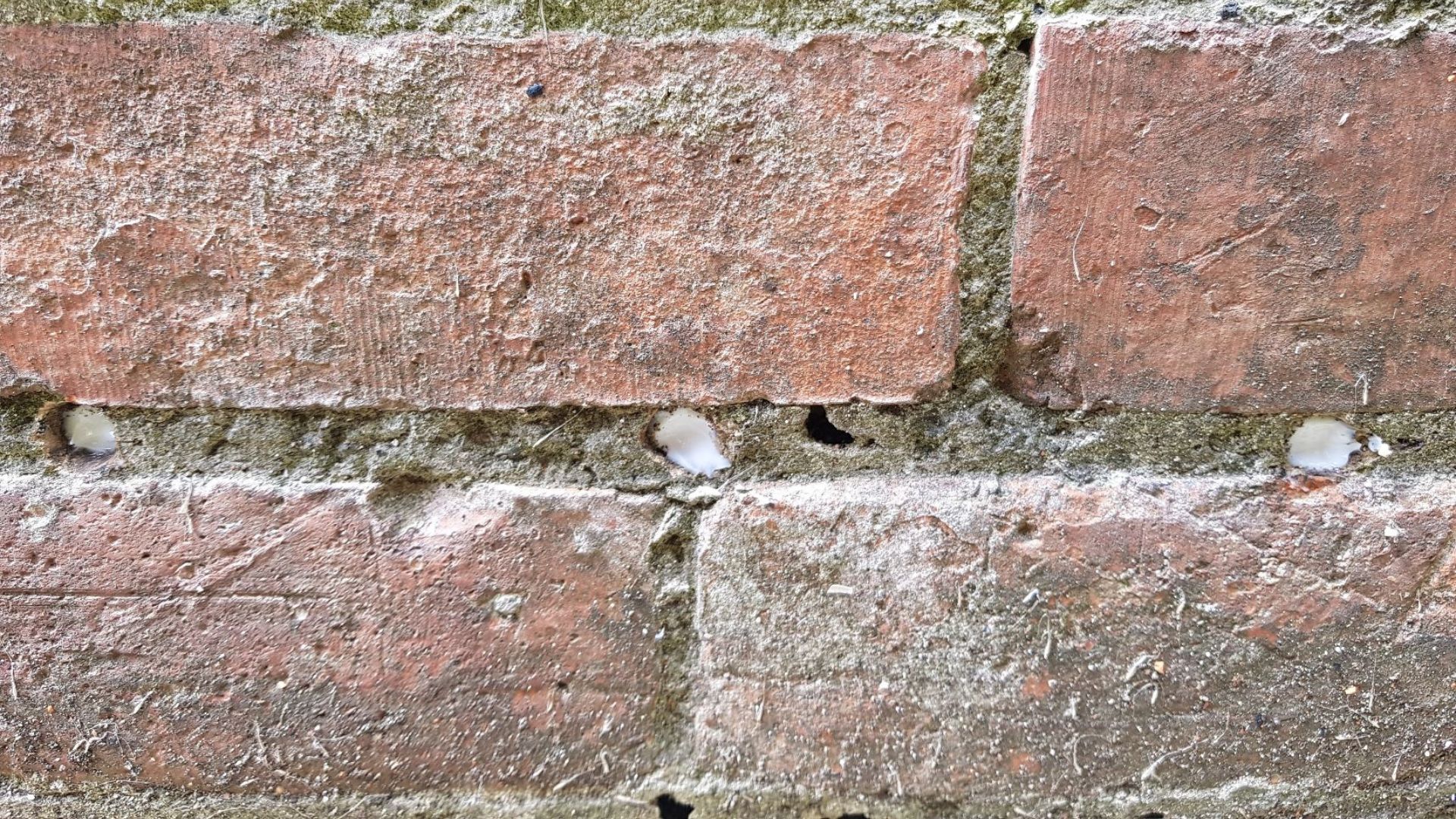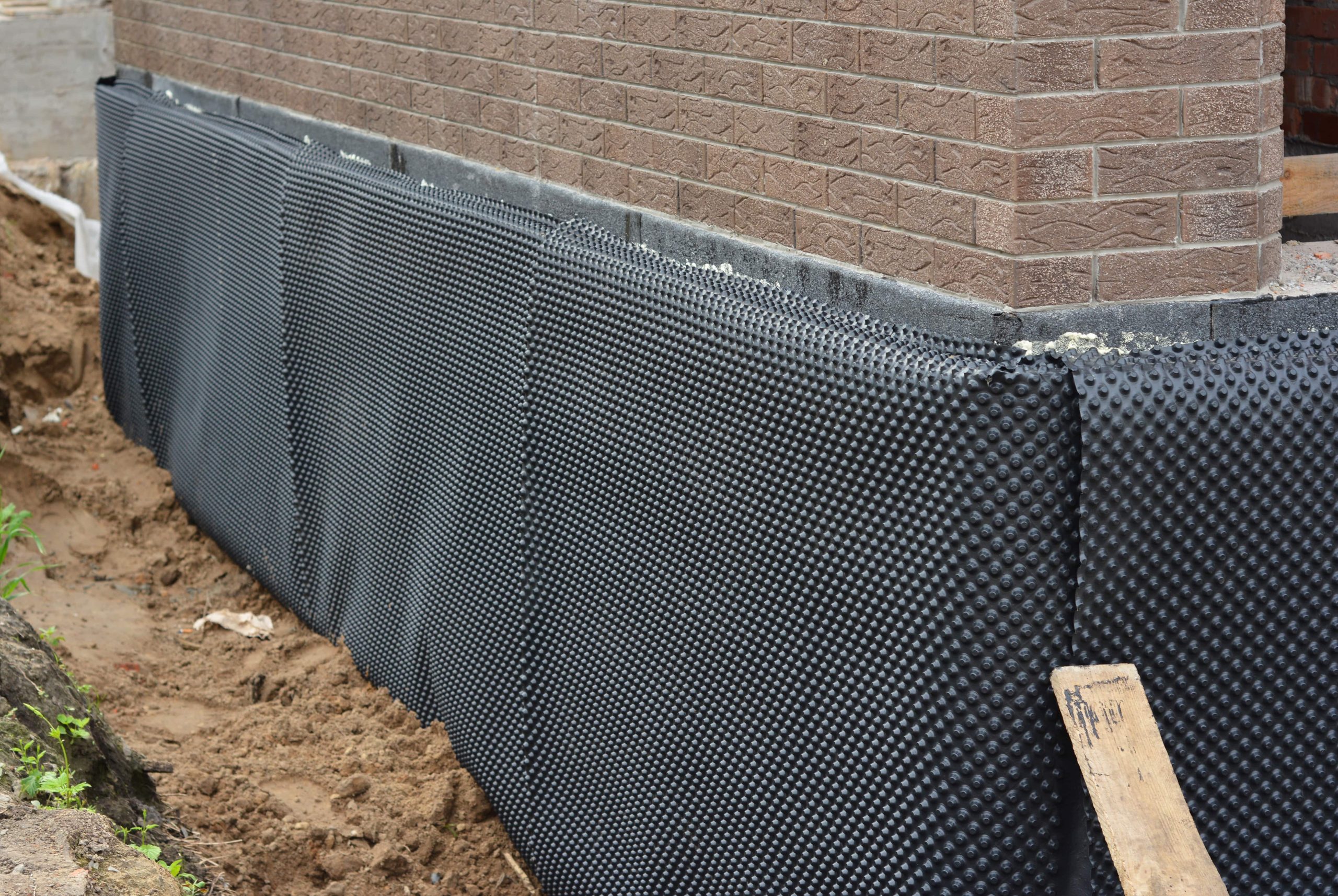Most common causes of penetrating damp and how mould removal newcastle can help
Most common causes of penetrating damp and how mould removal newcastle can help
Blog Article
Discovering the Different Techniques and Solutions for Effective Damp Proofing
Moisture in structures presents significant obstacles to both architectural honesty and interior air high quality. Various methods and solutions have actually arised to battle this pervasive concern. From conventional damp-proof membrane layers to cutting-edge chemical treatments, each approach supplies special advantages. Recognizing these choices is important for effective dampness control. Nevertheless, selecting the ideal service depends on particular building conditions and requirements, motivating additional expedition into one of the most reliable moist proofing methods offered.
Recognizing the Reasons For Dampness
Wetness can emerge from numerous sources, recognizing these causes is crucial for reliable removal. Commonly, dampness stems from three main sources: increasing moist, permeating moist, and condensation. Climbing wet occurs when groundwater travels up-wards via permeable materials, such as brick or stone, often as a result of an absence of an efficient barrier (damp specialist newcastle). Penetrating damp is normally triggered by external variables, consisting of roofing leakages, damaged rain gutters, or damaged walls, allowing water to infiltrate a home. Condensation, on the other hand, results from excess wetness airborne, usually intensified by bad ventilation and temperature level distinctions, leading to water beads basing on surfaces. Determining these underlying concerns is important, as each kind of dampness requires a tailored technique for removal. Proper assessment aids in identifying the most reliable options, eventually securing the architectural stability of a structure and improving indoor air quality
Standard Damp-Proof Membrane Layers

Chemical Damp-Proofing Solutions
Chemical damp-proofing remedies use an innovative approach to stop moisture breach in structures. These techniques usually entail the application of liquid chemicals that permeate stonework and form an obstacle against climbing wet. Frequently utilized chemicals include silanes, siloxanes, and various other water-repellent agents that respond with surface area products to create a hydrophobic layer.The application process usually calls for drilling openings into the walls, infusing the chemical solution, and allowing it to treat. This technique is especially advantageous for older frameworks where traditional damp-proof membranes may be not practical. Furthermore, chemical damp-proofing can be less disruptive and much more cost-effective than comprehensive renovation projects.While efficient, these solutions depend upon proper application and environmental problems for peak performance. Regular maintenance and tracking are important to guarantee the longevity of the damp-proofing treatment. Overall, chemical damp-proofing stands for a versatile alternative for protecting buildings against moisture-related damages
Dental Caries Wall Construction Techniques
Tooth cavity wall building methods supply many advantages, especially in wetness control and power performance. By including an air void in between two layers of stonework, these walls properly reduce water ingress while enhancing insulation. This combination not just secures structures from wetness but likewise contributes to decreased energy intake.
Advantages of Tooth Cavity Wall Surfaces
When taking into consideration reliable damp proofing methods, the benefits of dental caries wall surfaces stand apart plainly. Dental caries walls consist of two separate layers, producing an air space that efficiently minimizes wetness infiltration. This layout minimizes the threat of wetness, as the external wall functions as a barrier against rain and water access. In addition, dental caries wall surfaces boost thermal insulation, which contributes to energy performance by reducing warmth loss. They additionally give sound insulation, assisting to produce a quieter interior environment. Additionally, the air void enables air flow, which aids in wetness control and decreases the possibility of mold and mildew development. These benefits not just boost the general convenience of a building but also add to its long life and structural honesty.
Moisture Control Approaches
Reliable dampness control approaches are crucial in cavity wall building and construction to ensure long-lasting security versus wetness. One primary method includes the consolidation of weep openings, which assist in water drainage from the tooth cavity, avoiding build-up. In addition, using breathable membranes can aid handle dampness levels while permitting caught vapor to run away. Proper placement of insulation is additionally essential, as it should not block drainage paths. Moreover, ensuring that the external fallen leaves of the tooth cavity wall surface are constructed with water-resistant products enhances total durability. Normal maintenance checks are necessary to identify any type of clogs or damages early, protecting the structure's stability. Eventually, a mix of these techniques creates a durable protection versus dampness breach in tooth cavity walls.
Insulation and Power Performance
Insulation plays an essential duty in improving energy performance within cavity wall surface building. By including protecting materials, these wall surfaces produce a thermal barrier that minimizes heat loss and decreases energy usage. Reliable insulation not only aids keep a stable indoor temperature yet additionally reduces the risk of dampness, as it avoids condensation within the wall cavity. Numerous strategies, such as using inflexible foam boards or mineral wool, can be employed to attain perfect insulation performance. Furthermore, correct installation is necessary to guarantee that spaces and gaps are minimized, which can otherwise compromise power performance. Eventually, a well-insulated tooth cavity wall adds substantially to overall sustainability and decreases home heating and cooling costs for home owners.
Outside Damp Proofing Methods
External wet proofing techniques are vital for shielding frameworks from dampness infiltration. Two reliable methods consist of the application of water resistant membranes and the installment of French drains. These solutions assist mitigate water build-up and preserve the stability of structures.
Waterproof Membrane Application
While different methods exist for avoiding wetness ingress, the application of water resistant membranes remains a very reliable outside damp proofing technique. These membrane layers are normally made from materials such as polyethylene, rubber, or customized asphalt, giving a robust barrier versus water infiltration. The setup process entails using the membrane to the outside surface areas of structures or walls, ensuring full protection to protect against leaks. Correct attachment and sealing at joints are essential to optimizing performance. Water-proof membranes can be applied in different kinds, consisting of fluid coatings and sheet membranes, enabling for versatility based upon the specific demands of the framework. This approach not just protects structures from wetness yet also enhances their longevity and structural stability.
French Drainpipe Installment
One efficient technique for handling groundwater and protecting against dampness accumulation around a building's structure is the installation of a French drain. This drainage system consists of a trench loaded with gravel and a perforated pipeline that reroutes surface area water far from the structure. Appropriate setup needs mindful preparation, making sure that the drain inclines away from the framework to assist in excellent water flow. Additionally, the place of the drainpipe is crucial; it needs to be placed in locations vulnerable to merging or excess moisture. Normal maintenance, including clearing debris from the gravel and ensuring the pipe continues to be unhampered, is necessary for long-lasting effectiveness. Ultimately, a well-installed French drain can greatly reduce the threat of water-related problems in basements and structures.
Interior Waterproofing Methods
Interior waterproofing strategies are essential for shielding a structure's inside from wetness seepage and potential water damages. These techniques normally entail the application of customized products and techniques designed to produce a moisture barrier within the framework. One common strategy is using waterproof finishings or sealants on walls and floorings, which avoid dampness from permeating surfaces.Additionally, installing interior water drainage systems, such as sump pumps, can successfully manage water accumulation in cellars and crawl rooms. One more approach entails using vapor obstacles, which are installed to hinder wetness motion from the ground into living spaces.Moreover, addressing any type of splits or gaps in walls or structures with ideal sealants ensures a thorough defense against water breach. By carrying out these indoor waterproofing strategies, homeowner can significantly minimize the threat of mold and mildew development, structural damage, and other moisture-related issues. Proper execution of these techniques is here vital for lasting defense and structure stability.
Routine Upkeep and Inspection Practices
Regular maintenance and assessment techniques are vital for guaranteeing the long-lasting performance of damp proofing options in any structure. Regular checks make it possible for homeowner to recognize very early indicators of dampness breach, such as peeling off paint, mold and mildew growth, and musty odors. These indications can signify underlying concerns that call for instant attention.Inspections need to be performed a minimum of yearly, concentrating on susceptible areas like basements, crawl spaces, and exterior walls. During these assessments, homeowner ought to analyze sealants, water drainage systems, and air flow to confirm they work correctly.Additionally, keeping downspouts and rain gutters is necessary, as clogged systems can bring about water buildup near the foundation. Applying a regular maintenance schedule, along with timely repairs, can considerably extend the life-span of moist proofing actions and secure the structural stability of the structure. Aggressive procedures inevitably add to the total health and wellness of the living atmosphere.
Regularly Asked Questions
The Length Of Time Does Damp Proofing Generally Last?
The period of moist proofing effectiveness differs, generally lasting in between 20 to 50 years. Factors such as application high quality, environmental problems, and maintenance practices substantially affect the longevity of the wet proofing treatment.

Can I Damp Evidence My Home Myself?
The individual contemplated the expediency of do it yourself damp proofing. With proper research and the right products, it is feasible. Nonetheless, they likewise identified the relevance of specialist advice to assure durable performance and stop future issues.
What Are the Indications of Inefficient Damp Proofing?
Signs of inefficient damp proofing consist of consistent stuffy odors, visible mold and mildew growth, peeling paint, wet patches on walls, and timber decay - damp proofing newcastle. Home owners should attend to these concerns quickly to stop further damage and wellness concerns
Does Damp Proofing Affect Indoor Air High Quality?

How Much Does Expert Damp Proofing Cost?
Professional damp proofing prices differ substantially, commonly varying from $1,000 to $5,000 depending upon the residential property's size, the extent of the wet concern, and selected methods. Each situation calls for a tailored assessment for exact rates. Typically, dampness stems from three primary resources: climbing moist, penetrating wet, and condensation. When thinking about reliable damp proofing techniques, the benefits of dental caries walls stand out plainly. Outside damp proofing techniques are important for protecting frameworks from moisture seepage. While various approaches exist for avoiding dampness access, the application of water-proof membranes stays a highly efficient external damp proofing strategy. Indications of inefficient moist proofing consist of relentless mildewy smells, noticeable mold and mildew development, peeling paint, moist spots on wall surfaces, and wood decay.
Report this page